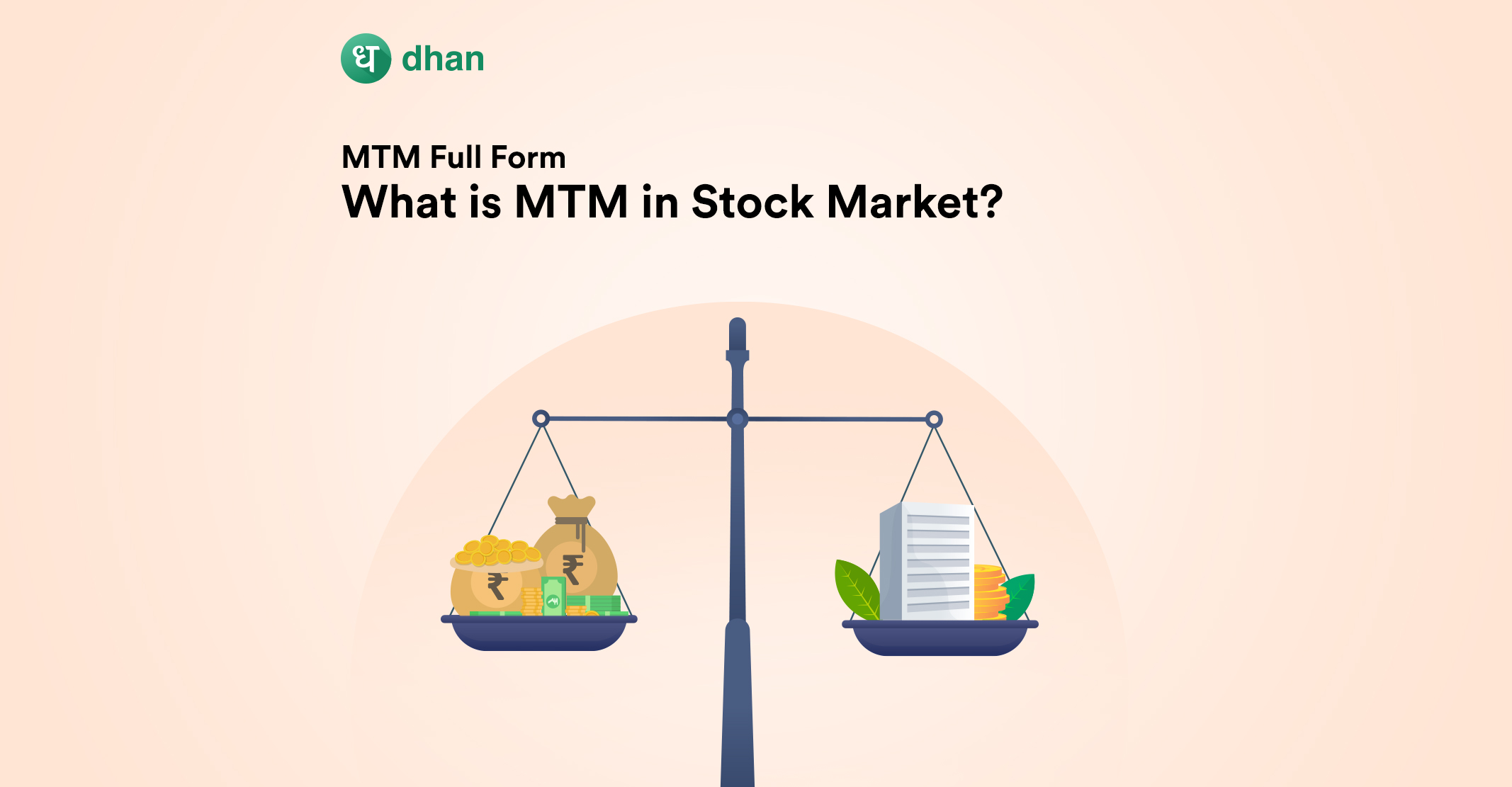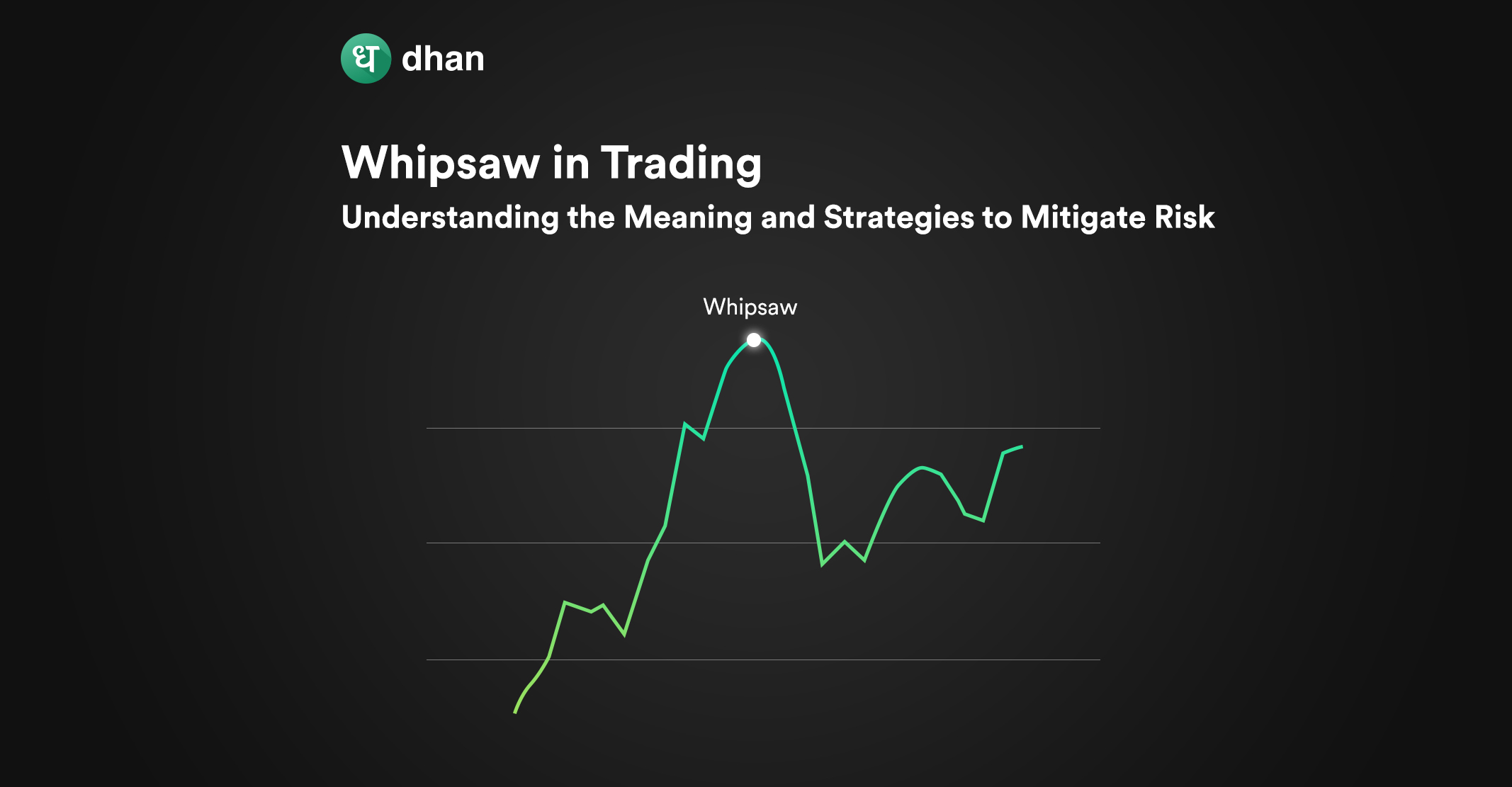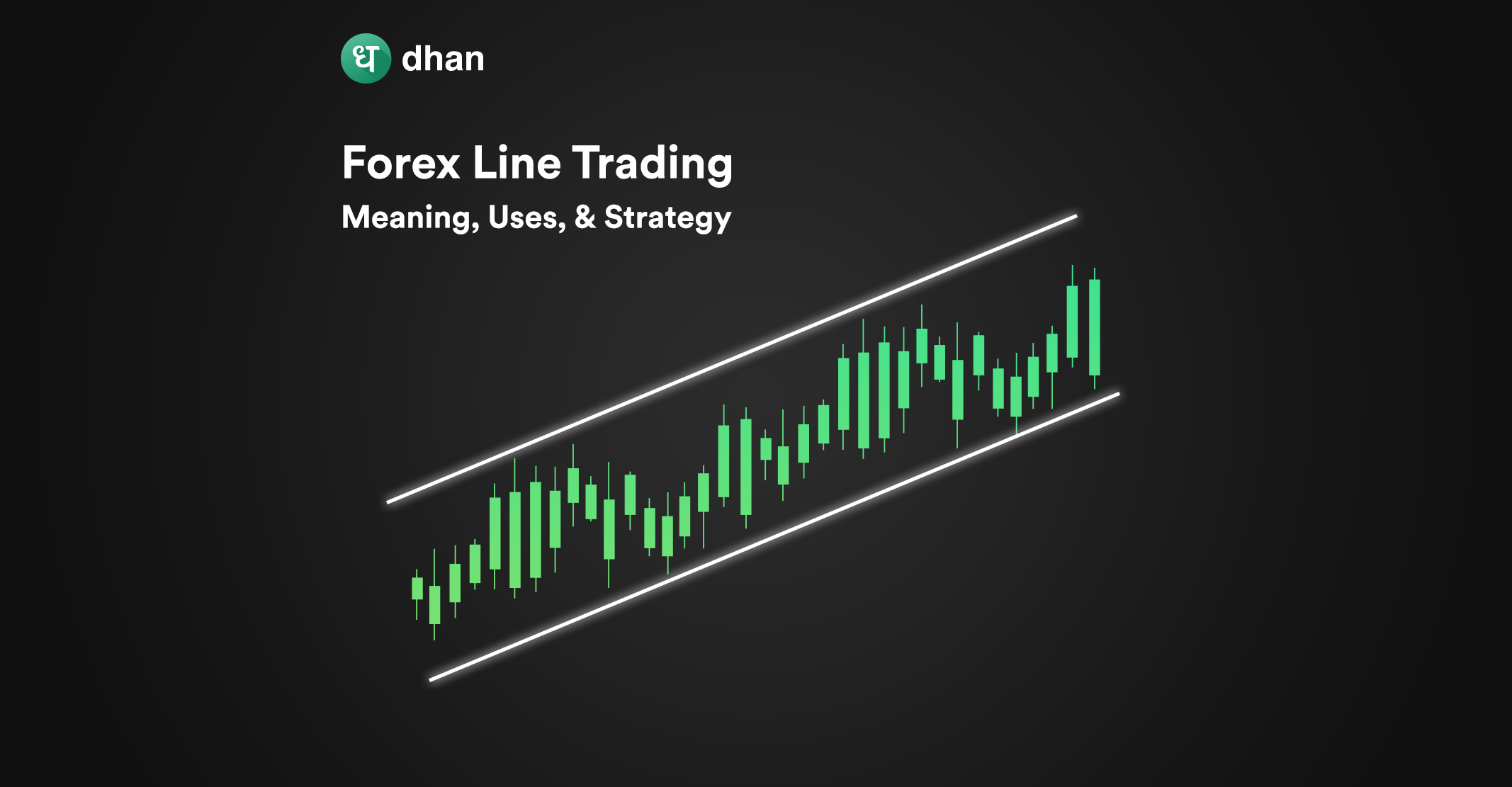Understanding the current and fair value of an asset is crucial for all participants in the market. That’s why MTM exists. Let’s dive into the meaning of MTM and understand why it’s crucial for pricing.
MTM Meaning: Definition of MTM in Stock Market
MTM, full form Mark-to-Market, is a financial practice of obtaining the fair value of an asset by adjusting its price to its current value.
An asset can gain or lose value from when it was acquired to the most recent date. This gain or loss can have implications for a trader, investor, or company that wants to understand the present value of the same asset.
MTM provides an accurate picture of an asset’s present value, taking into account the dynamic market conditions.
That’s why Mark-to-Market is important for financial instruments such as stocks, futures, options, and more.
As a result, it plays a key role in providing transparency and a realistic perspective of a company’s financial performance in the context of recency.
Role of MTM in MTF: Margin Trading Facility
MTM is like your trading scorecard and gets updated daily. It shows your securities at their current market price at the end of the trading day. It is crucial in Margin Trading Facility (MTF), where market participants borrow from brokers to trade.
In MTF, the Mark-to-Market value of pledged securities is used to calculate the required margin. If the securities’ MTM dips below the margin requirement, you need to deposit extra funds or securities to meet the margin.
Failing this, the broker might sell the pledged securities to cover the shortfall – a margin call.
Mark-to-Market ensures MTF traders don’t bite off more than they can chew, and brokers aren’t left holding the bag trying to cover the losses.
Example of MTM in MTF
A trader pledges shares worth ₹10,000 as collateral to start trading under MTF. The broker sets the margin requirement at 30%. So, the trader must maintain a minimum value of ₹3,000 in their account. This is known as a margin in share market.
Day 1: The market price dips and the shares are now worth ₹8,000. The Mark-to-Market process calculates the new margin requirement as 30% of ₹8,000, i.e., ₹2,400. The trader’s account is still within the safe margin.
Day 2: The market further drops, valuing the shares at ₹6,000. The new margin requirement is ₹1,800. Still safe.
Day 3: The shares fall drastically to ₹4,000. The margin requirement is now ₹1,200. But, the trader has already drawn out more than this against the shares. The broker issues a margin call.
The trader must now either deposit more funds or additional securities to meet the margin requirement. Otherwise, the broker has the right to sell the pledged shares to make up the shortfall.
To avoid this, MTM in trading maintains a risk-reward balance to keep the trader updated on the required margin.
Either way, MTF is a useful tool and the video below shows you why.
MTM as a Risk Management Tool in Stock Market
MTM meaning Mark-to-Market is a pivotal tool in trading that gives real-time risk assessment. It’s calculated at the day’s end on all open positions, comparing the transaction price with the closing price.
This ‘marking’ determines potential gains or losses, assisting traders to make informed decisions about their next moves.
In essence, MTM in trading helps market participants track their profits and losses on a daily basis.
It aids in identifying potential financial risks such as receiving a margin call and enables traders to manage risk efficiently and make informed strategies.
MTM in Futures & Options Trading
MTM values futures and options contracts at current market rates. This valuation helps ascertain daily profits or losses.
These numbers help in understanding margin requirements, in this context of derivatives, and fund deposits with the broker to uphold open positions.
Suppose you’re trading futures contracts. MTM calculation happens at each trading day’s end. It computes the difference between your contract’s entry price and its current market price.
This helps in calculating the profit or loss for a trading day. If you’ve made a profit, you receive a margin credit. However, a loss requires depositing additional funds. This top-up brings your margin back to the needed level.
Why is MTM Important?
Mark-To-Market is crucial when navigating the world of online trading. It provides a realistic picture of a security’s value, thus helping market participants gauge their trades’ current performance. It’s not the initial cost that counts but the current market value.
MTM when used with a trailing stop-loss order, acts as an additional layer of safety that automatically sell your security if its price dips to a certain level, thereby limiting your losses.
If this price hits the level you’ve set in your stop-loss order, your position gets sold. This way, MTM serves as an important tool in mitigating risks to shield from substantial losses.
MTM also allows traders to use leverage wisely to maximize returns while being mindful of the potential risks.
While MTM is a robust tool, it’s essential to use it cautiously. With MTM, one can stay ahead in the game of trading, but patience and consistency are vital.
Conclusion
Mastering MTM meaning Mark-to-Market is crucial for effective trading. It equips traders with the ability to track the current or fair value of a security, manage risks, and make strategic decisions based on current market dynamics.
Like this? Then you’ll love:



